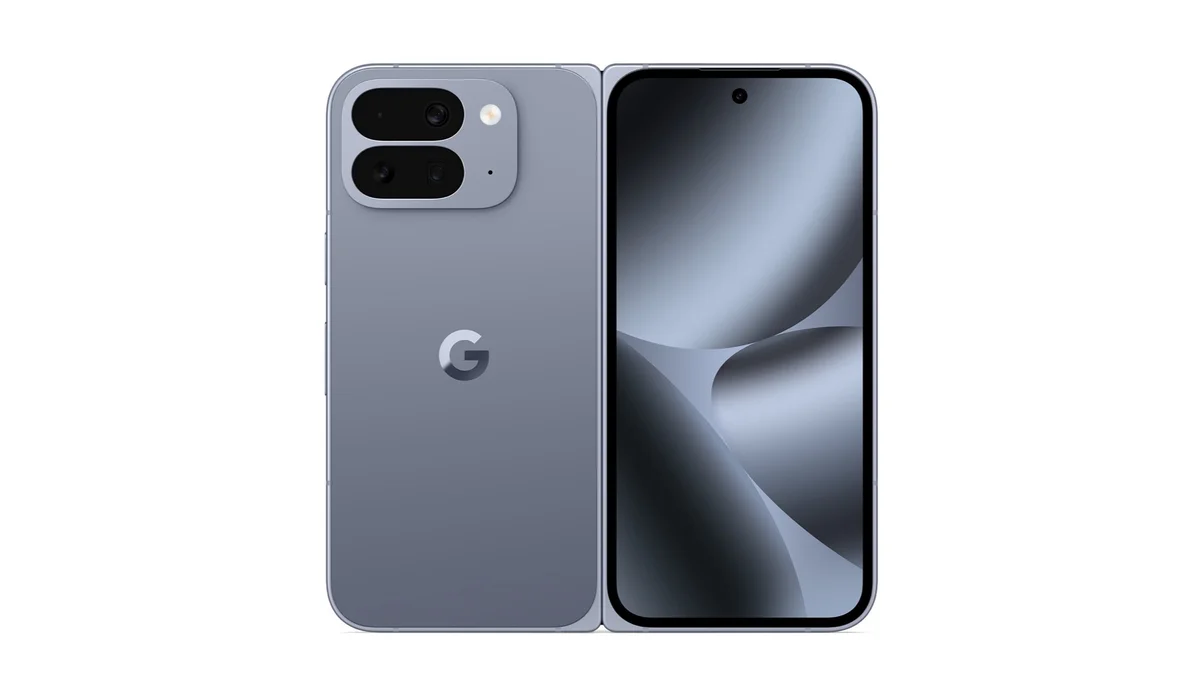The Pixel 10 Pro Fold has managed to steal my heart with its compact 12.3 mm x 8.8 mm design. With the increasing number of foldable devices hitting the market, the Google Pixel 10 Pro Fold, set to launch on August 20 (Wednesday), is poised to join the ranks of the best in the foldable category, despite any potential drawbacks. But what flaws could a $1,800 device possibly have if it sticks to the same pricing as its predecessor? If I weren’t closely following the foldable tech scene – and let’s face it, public interest is still catching up – I’d probably ask the same question. Given the range of fantastic $900–$1,300 flagship phones out there, the thought of a $1,800 device being less-than-perfect feels almost sacrilegious. 
But here’s the catch – we’re talking about foldables, a luxury form factor that’s as rare (and expensive) as it is innovative.
So, what are these “potential shortcomings” I’m referring to? First up, the Pixel 10 Pro Fold is rumored to feature the Tensor G5 chipset, which might not be an absolute powerhouse when it comes to raw performance. Additionally, there’s a solid chance that the Pixel 10 Pro Fold could reuse the camera setup from its predecessor, which is a bit of a letdown considering the expectations surrounding its price tag. However, all things considered, the foldable form factor still holds the intrigue of something fresh and exciting.